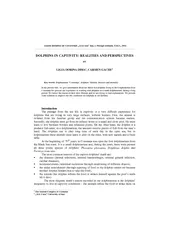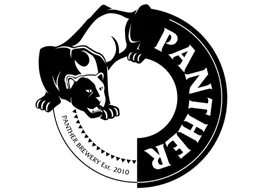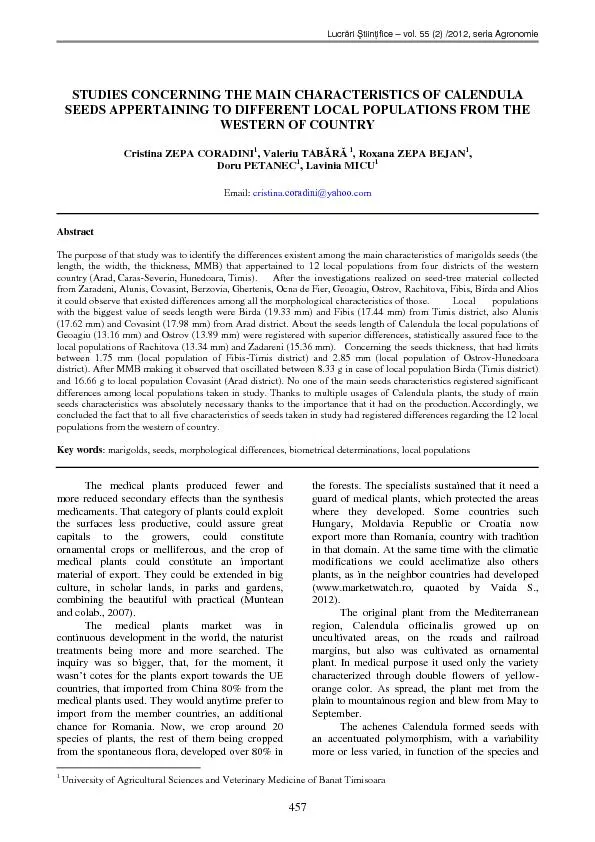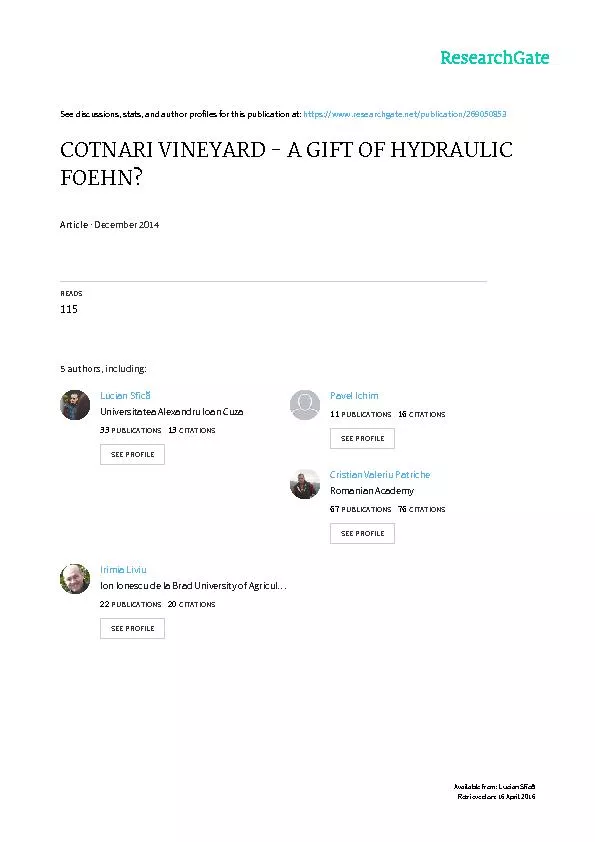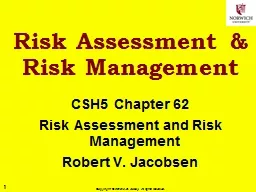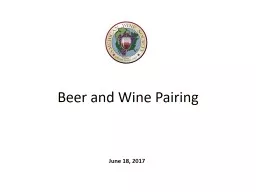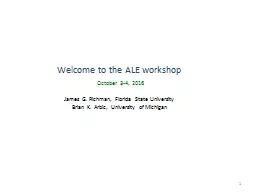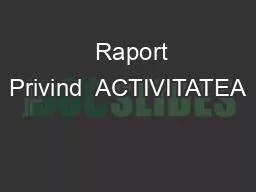PDF-Analele tiin ifice ale Universit ii Al
Author : briana-ranney | Published Date : 2015-06-03
ICuza Ia i s Biologie animal Tom L 2004 The Museal Complex of Contan a AlI Cuza University of Ia i DOLPHINS IN CAPTIVITY R
Presentation Embed Code
Download Presentation
Download Presentation The PPT/PDF document "Analele tiin ifice ale Universit ii Al" is the property of its rightful owner. Permission is granted to download and print the materials on this website for personal, non-commercial use only, and to display it on your personal computer provided you do not modify the materials and that you retain all copyright notices contained in the materials. By downloading content from our website, you accept the terms of this agreement.
Analele tiin ifice ale Universit ii Al: Transcript
Download Rules Of Document
"Analele tiin ifice ale Universit ii Al"The content belongs to its owner. You may download and print it for personal use, without modification, and keep all copyright notices. By downloading, you agree to these terms.
Related Documents

